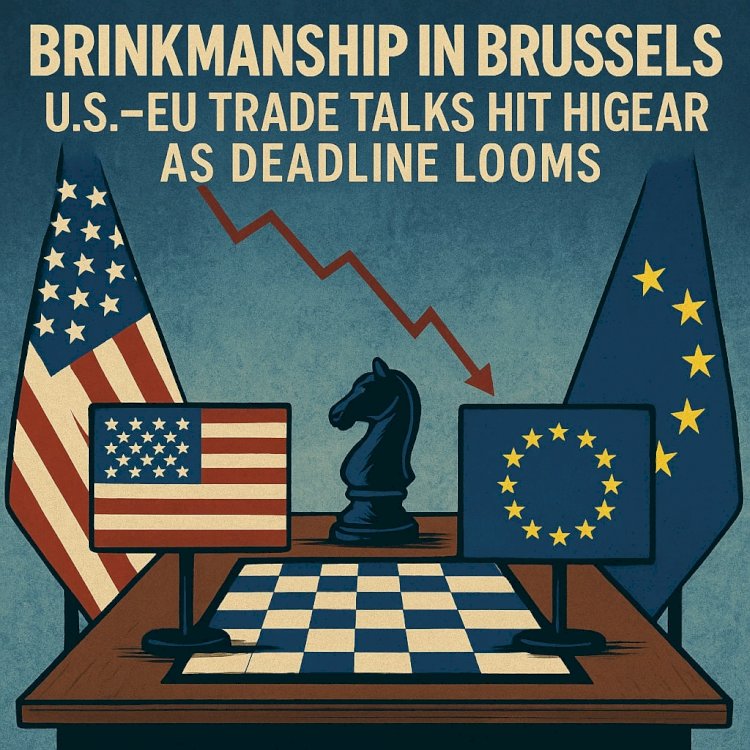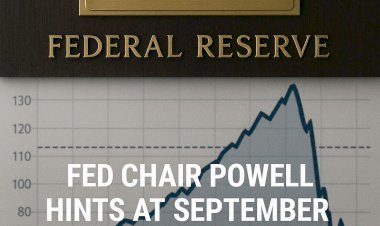Brinkmanship in Brussels: U.S.–EU Trade Talks Hit High Gear as Deadline Looms

Date: July 27, 2025
With less than a week left before a sweeping tariff deadline, the United States and the European Union are locked in intense negotiations, hoping to sidestep a full-blown transatlantic trade war.
Pressure Mounts: August 1 Deadline Drives Urgency
The stakes are high. Without a deal by August 1, the U.S. plans to impose a 30% tariff on the majority of European exports—including key industries like steel, automobiles, and aerospace components. In response, EU officials have made clear they’re prepared to retaliate, setting the stage for a significant economic showdown.
Sources close to the talks suggest negotiators are working toward a flat 15% tariff agreement, a substantial reduction from the proposed penalties but still a meaningful shift from current terms.
The Turnberry Talks: A Pivotal Weekend
In a move packed with symbolism and urgency, President Donald Trump hosted European Commission President Ursula von der Leyen at his Turnberry estate in Scotland on July 27. The goal: hammer out final terms or walk away.
Observers described the meeting as tense but constructive, with both leaders acknowledging that while progress has been made, fundamental disagreements remain.
President Trump, in public remarks, estimated the chances of success at “50–50.”
What’s Being Negotiated?
Negotiators are reportedly working to secure:
-
A unified 15% tariff framework for the majority of EU-origin goods
-
Sectoral carve-outs for politically sensitive categories like autos, pharmaceuticals, and luxury goods
-
EU pledges to increase energy imports from the U.S., particularly liquefied natural gas
-
Enhanced European investment into U.S. infrastructure and manufacturing
While broad outlines are in place, finalizing implementation and exemptions remains the sticking point.
Markets Watching Every Move
Global markets have been jittery in the lead-up to the talks but stabilized in recent days as the prospect of a compromise gained traction. A resolution could boost confidence across equity and commodities markets, particularly for sectors exposed to transatlantic supply chains.
Meanwhile, firms in both regions are preparing contingency plans in the event of a collapse—stockpiling goods, adjusting logistics contracts, and reevaluating pricing.
Retaliation in Reserve
European officials have confirmed they are ready to respond if talks break down. A counter-tariff package targeting $109 billion in U.S. goods is on standby. Affected categories could include aircraft, agricultural products, consumer electronics, and industrial equipment.
A Historic Test for Transatlantic Relations
Beyond the economics, this round of negotiations is being viewed as a critical moment in U.S.–EU relations. Both sides are looking to assert economic strength while avoiding a rupture that could damage geopolitical cooperation in areas like defense, technology, and climate policy.
This is more than just a trade negotiation—it’s a test of whether two of the world’s largest economic blocs can find common ground in an increasingly fragmented global landscape.
Deal or Deadlock?
As the August 1 deadline approaches, both Washington and Brussels are walking a tightrope. Either a deal emerges in the final hours, or the global economy could face a new wave of uncertainty.
One thing is clear: the decisions made this week will reverberate far beyond the negotiating table.

 content-team
content-team 


















